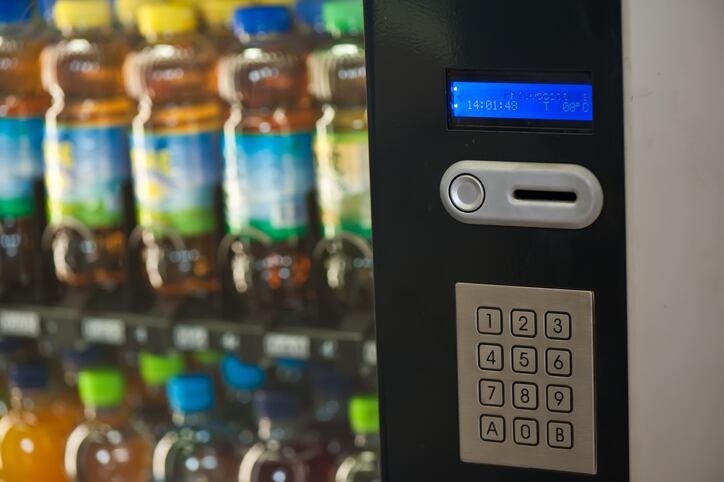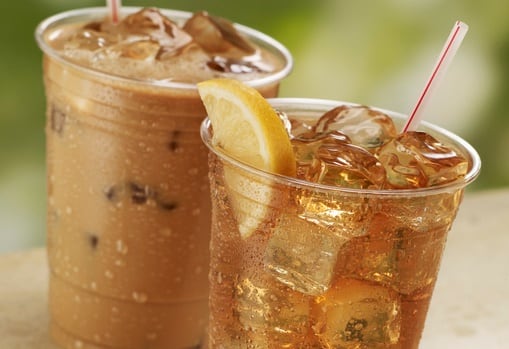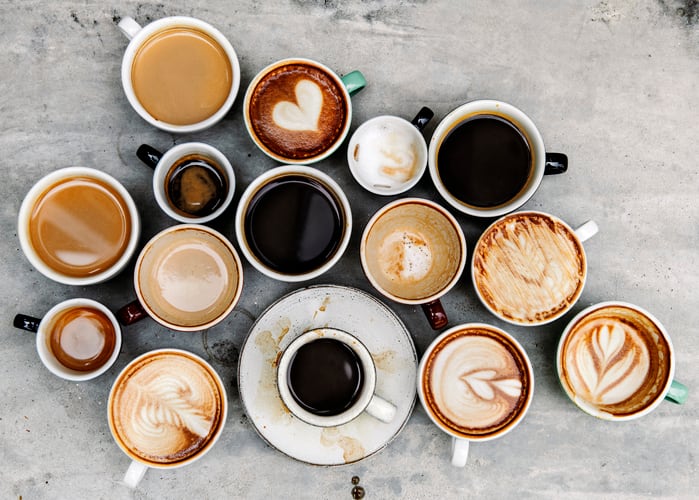Across the beverage category, today’s consumers focus on convenience, making the majority of purchases a single grab-and-go rather than bulk buying. This has led to innovation in shelf stable and environmentally friendly packaging, made with clean, renewable materials and fewer preservatives and chemicals.
Meanwhile, premiumization of the convenience products is set to be a key trend in 2019.
Packaging the future
Vending machines are starting to carry single serve pouches of healthy beverages and snacks like applesauce, a departure from traditional bottle sizes. At the 2018 National Automatic Merchandising Association (NAMA) Coffee Tea & Water show in New Orleans this month, NAMA explored marketing ideas and business tips with its vending and convenience channel industry members.
“Our industry is uniquely positioned to help ensure greater access to better-for-you products. The convenience services industry is a $25bn business serving millions of customers each day, with more than 5 million vending machines and 10,000 micro-markets and growing,” NAMA said.
The rise of snack foods is an illustration of how the convenience channels is set to continue to grow: "North American snack food sales annually top $124bn and counting. Snacking is the new dining, and over the next few years, the number of snack foods eaten at or replacing meals is predicted to rise,” said the organisation.
In these convenience channels, packaging is taking on a more 'natural' approach to appeal to consumers looking to tick the boxes in regards to health and sustainability. For example, there is a move towards using food and plant based components in packaging.
But one of the challenges for new technologies is that any new material used in direct contact with food requires FDA approval and can attract public scrutiny when put into use.
Other methods include developing new packaging technologies that slow food spoilage and modifying existing packaging to adapt to current trends like grab-and-go snacks and meal kits. Through these innovations companies are able to extend product shelf life or eliminate chemical preservatives.
Elevating to premium: 'There's an opportunity in every beverage break'
Mintel eyes up 'elevated convenience' as one of the key global food and drink trends to watch in 2019: matching the premium expectations of consumers with the 'on-demand' age.
"Convenience food and drink will get an upgrade," says the market research company. "A new generation of modern convenience food and drink is emerging as manufacturers respond to rising healthy eating priorities, quests for foodie-inspired flavors, interests in personalisation and competition from speedy delivery services.
While meal kits are a key example of premium convenience, Mintel says the opportunity is far broader. In the future it sees the expansion of meal kits in retail, foodservice-inspired packaged beverages, and a new generation of meals, sides and sauces that seek to mimic flavors and formats found in restaurants.
"Interest in premium convenience will not be limited to dinnertime, creating opportunities for every meal, snack, and beverage break."



